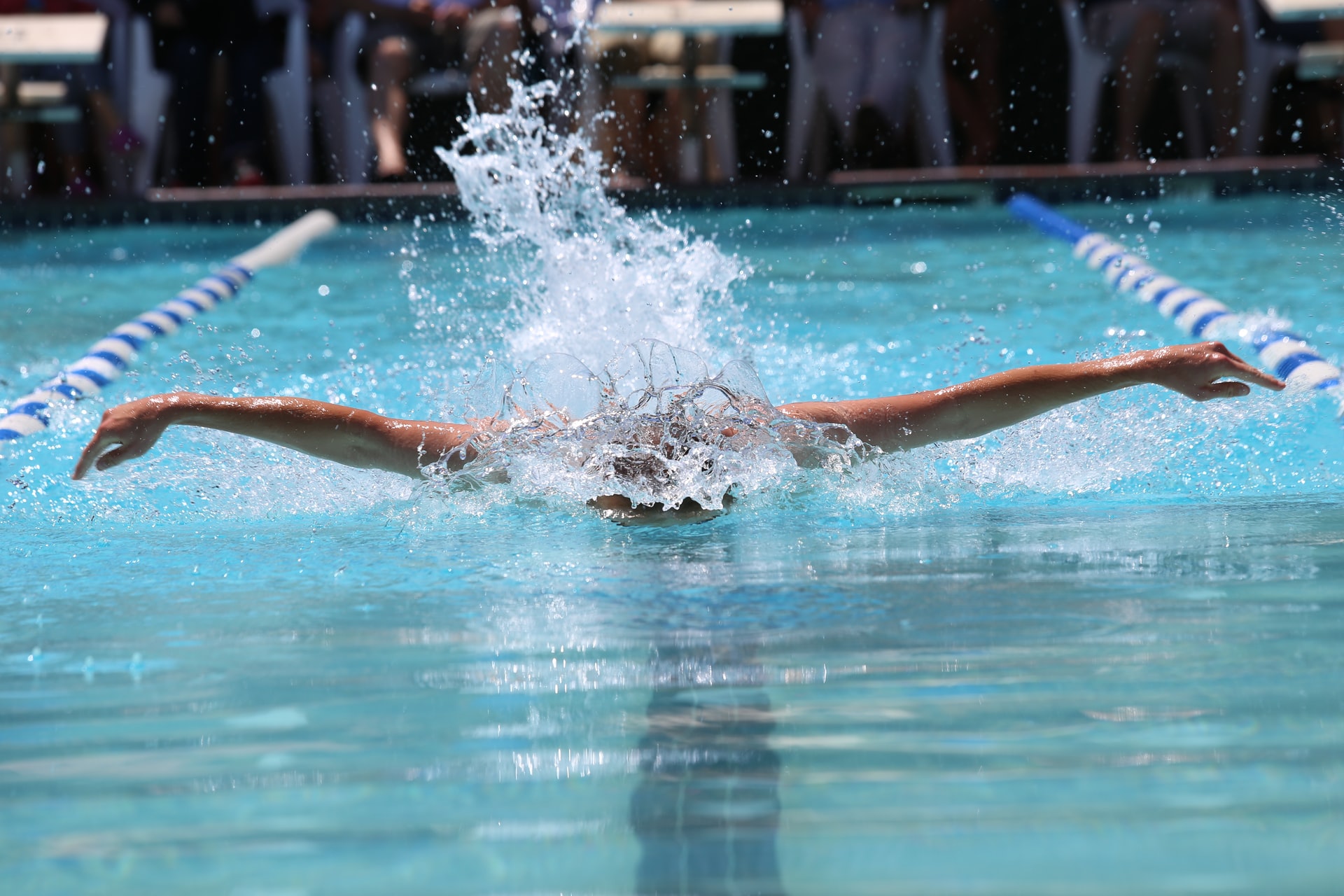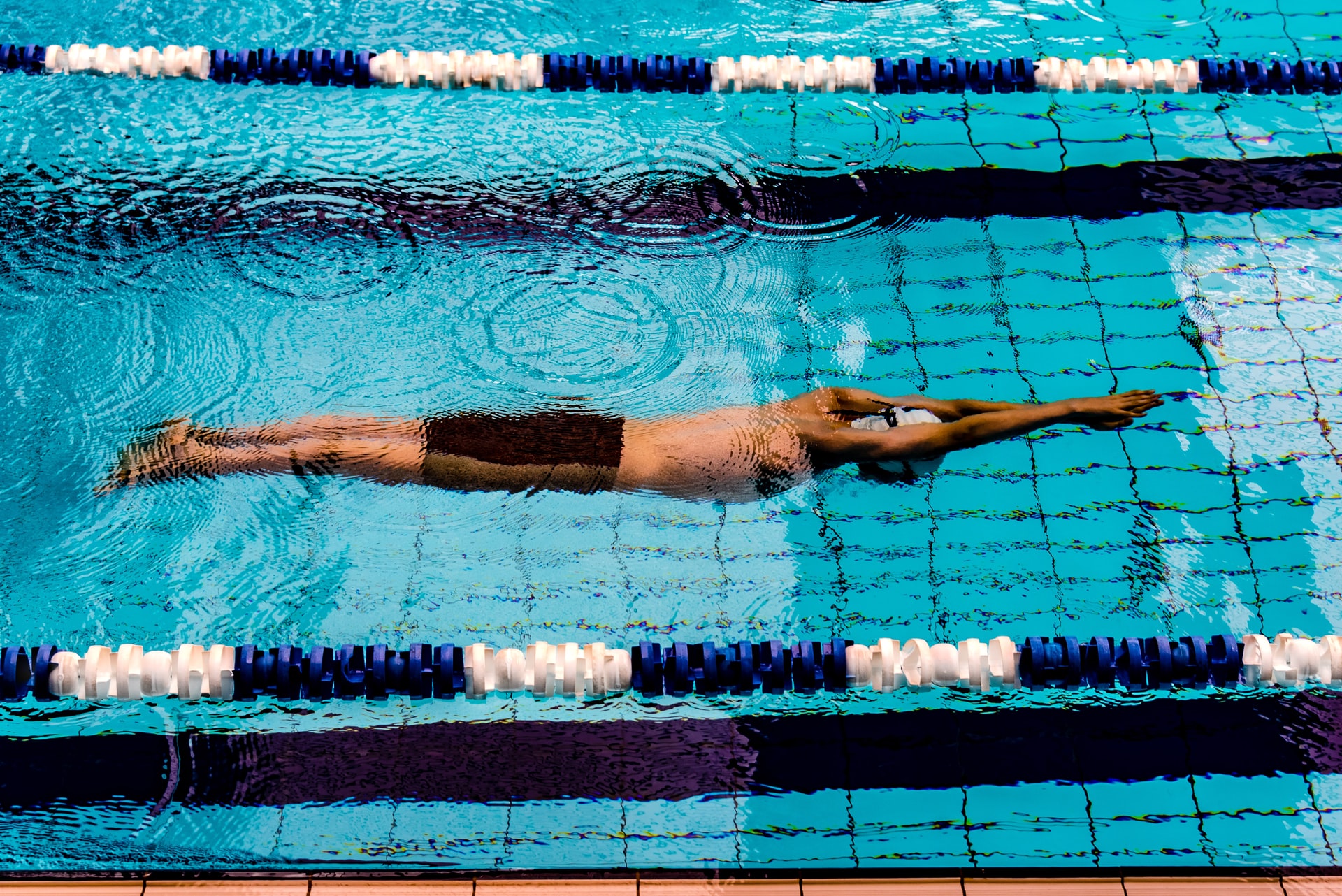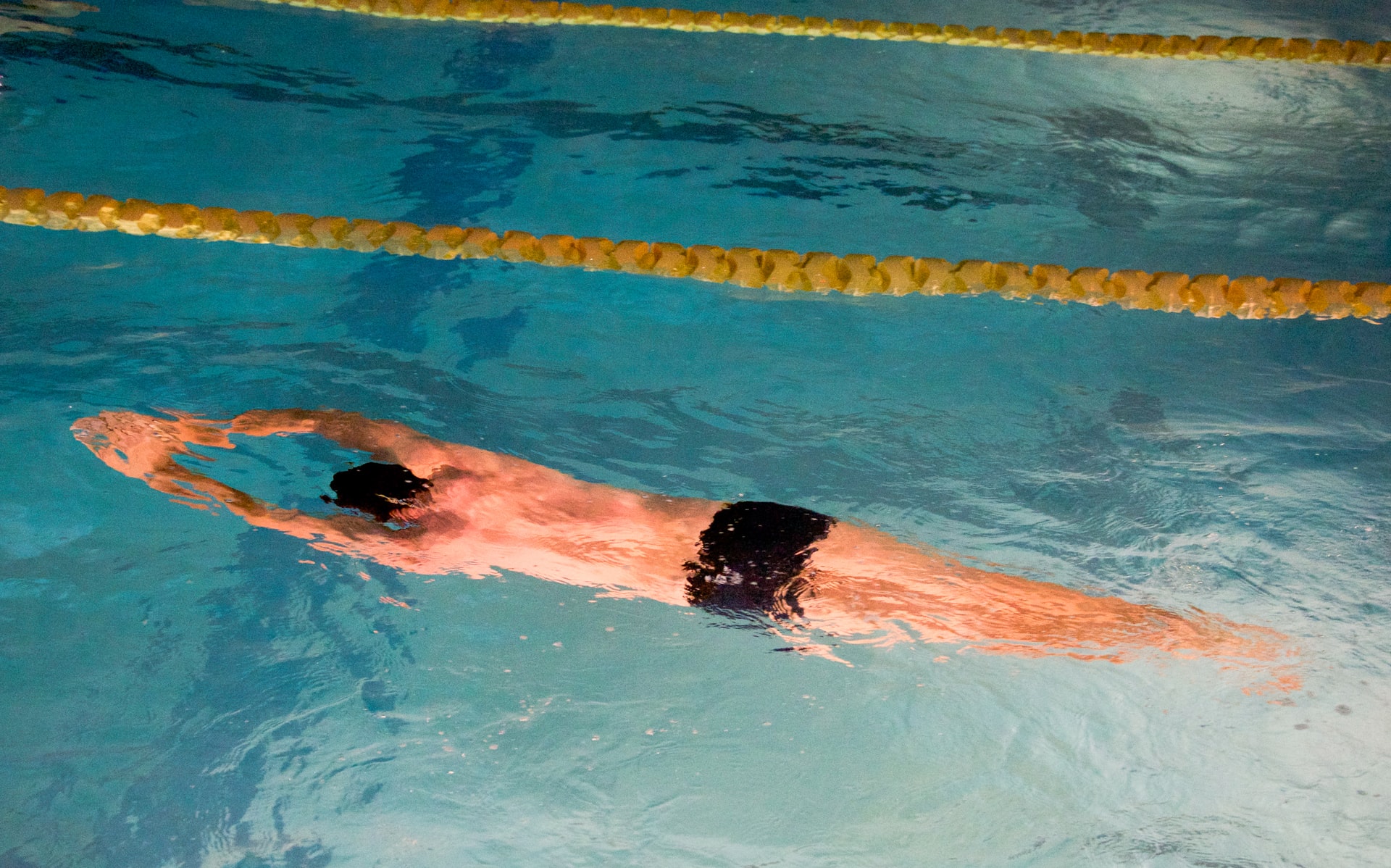Want to improve your swimming? Here are 16 doable and tested strategies to help you begin swimming more quickly in the water right away.
How do I swim faster is one of the things I get asked the most frequently.
That’s fair.
Swimmers are constantly trying to find a way to have a slight advantage over their rivals.
We shave our bodies from head to toe, stare at a tiled black line for extended periods of time, and spend our tapers in a neurotic, severely immobile coma in an effort to gain just the slightest advantage that will allow us to beat out the competition.
The 16 random tips, tricks for Female 1 to 1 swimming lessons advice listed below can help you swim more effectively and quickly this year. They don’t involve a lot of heavy work and are all practically immediately actionable.
In other words, there is no reason you can’t implement a handful of these to improve your swimming.
Now let’s begin:
1. Use the buddy system
Join forces with a teammate and buddy up. Over the course of the season, make a commitment to hold each other accountable.
You can choose to compete against this person or not, but in order to eliminate any potential conflicts of interest, it is usually best to choose someone else.
During those extended training cycles, when it becomes easier to falter and skip one or two workouts, keep an eye on one another. Helping someone else achieve their goals will serve as a reminder for you to maintain your own ambitions, and having someone take up your cause (other than your coach and family) will provide you with the extra push you need to continue.
 2. Live Every Moment.
2. Live Every Moment.
You’ve set goals. Big, fat objectives. So why aren’t you pursuing them relentlessly?
Don’t wait to take action; make today, this very moment, the day that you become the swimmer you have always envisioned yourself to be.
How many times have you put off truly committing to your goals because the timing wasn’t right, the circumstances weren’t ideal, or because it was just simpler to be apathetic?
Stop waiting. Ever.
3. Feed Those Muscles
Make it a habit to bring snacks and a post-workout smoothie with you to the gym so you can jump-start your recovery as soon as you exit the water.
Your muscles will appreciate it, and you’ll recover more quickly. Within 30 minutes of exiting the water, try to have some carbohydrates and protein.
While it may not appear to matter while you are performing one-a-days, you should make extra sure to refuel as soon as possible when you are training again later in the day or the next morning.
4. Avoid Injury (ish).
We normally take our time putting out flames because we prefer to wait for them to start. When it comes to chronic injuries, this is so frequently the case. After putting off our pre-hab for a long, we regret it when the injury reappears.
To reduce the likelihood of missing training time due to those somewhat predictable injuries (swimmer’s shoulder, ahem), make this the season that you stick to your pre-hab regimen.
Make it a regular part of your day so that after a few weeks you don’t have to think about it; you just do it.
5. Spend 5 minutes, a few times a day, enhancing your flexibility.
Strike your shoulders, hamstrings, ankles, hips, lats, and pecs.
Stretching benders once or twice a week will not produce the same results as 5 minutes of flexibility work several times per day (or only when you feel an injury coming on). For maximum efficacy, combine static stretching with a foam roller.
Before going to bed at night, do it. when you first awake. following a particularly taxing workout. Make mobility and flexibility a foundational part of your swimming.
6. For the whole warm-up, kick submerged dolphins at a rate of 15 m/y.
Tom Shields of Cal, who possesses one of the world’s most lethal underwater dolphin kicks, revealed this very dull explanation for why he has such an excellent fly kick: he begins every exercise by swimming 15 meters per minute for the duration of the warm-up.
If necessary, use bucket turns, or even start at 10 m/y, or do it every second length. Or you might simply begin by kicking twice off each wall, then three times, then four times, and so on.
Simply include the underwater dolphin kick into your swimming, rather than focusing on it solely during certain sets, to emulate Shields.
7. Develop the practice of bilateral breathing.
Muscle inequalities are bad. They frequently result in injury, make us unbalanced in the water, and they can be uncomfortable when you’re racing someone and your good side is facing them.
Although you don’t have to breathe bilaterally during races, you should make it a habit to do so as much as you can during training if you want to build even muscle in your lats, shoulders, and back (and even your kick).
8. Make a meal plan.
It used to be a habit of mine to start packing meals for the remainder of the day at 5:15 in the morning. I would frequently leave the house without eating for the remainder of the day since I wanted to sleep as much as possible. This forced me to rely on the cafeteria (read: chips, chocolate bars, and muffins) for some type of nutrition during the day.
On the days when I was organized enough to prepare my meals for the following day, I was able to put together a bundle of nutritious food to eat after my morning workout, at lunch, and before my evening workouts.
Making your lunch the night before gives you a huge advantage since you won’t suffer from the “hungry man’s food blindness,” which occurs when you are so ravenous that you will eat anything (which is often, for swimmers).
Packing your lunch and snacks the night before can enable cooler heads and wiser food decisions to prevail.
 9. Continue to look for comments on problem areas.
9. Continue to look for comments on problem areas.
We all have those spots in our technique where things could go wrong. We work hard to get things right, but it might be challenging to tell for sure if we are doing it correctly without complete feedback.
Ask for feedback in advance so you can complete the task perfectly the first time, rather than waiting for your coach to approach you when he or she notices something going wrong.
Before you spend thousands of strokes and laps honing your stroke, make sure you are swimming properly.
10. Sleep one additional hour.
There is no question that getting enough sleep is important for swimming performance. So why not prioritize doing the item that will have the biggest impact on your performance?
In addition to daydreaming about pasta mountains and snow days as we sleep, our bodies work quickly to restore themselves.
Your body will secrete growth hormone while you sleep, especially if you are in deep sleep, but if you postpone going to sleep (by staying up late), the peak growth hormone production period is shorter, depriving you of some relaxing, effortless recovery time.
Establish a sleep regimen, manage your time aggressively, and develop pre-bed rituals to help you fall asleep on time.
11. Honor the recovery efforts (and the resulting bounce back).
The idea of deloading and recovery is one of the strangest concepts for athletes of any kind to comprehend.
They believe that in order to get better, they must work really hard in the pool every day of the week. There is guilt associated with taking time off to recover, rest, and develop strength (“Think of all the training I could be doing right now!”).
If you don’t take regular breaks for recovery, your body won’t have time to adjust to all the greatness from your prior training, leaving you permanently exhausted, uninspired, and stuck at a plateau.
If necessary, consider your recuperation periods in the water (and outside of it, too) as mini-tapers, but keep in mind that they are crucial to ensuring that you bounce back stronger. (See also: The Value of the Warm-Up in Swimming.)
12. Go after that one issue.
Everybody has it. We practice avoiding the aspect of our swimming that needs improvement at all costs.
Some swimmers’ kick was the problem. Pull for others. or the breaststroke kick Others see it as a butterfly’s wing (and by others I clearly mean a whole bunch of others).
Work on it for ten minutes per session. If doing so requires performing vertical kicking for five minutes after practice, so be it. you could warm up by doing the butterfly. Or taking use of pull sets to practice your swimming technique.
Attack your weaknesses gradually and make progress toward making them less vulnerable.
This has a few positive side effects, including:
You will experience progress right away. Those flaws will be ready for significant jumps because they have been neglected for such a long time.
The second is the increased self-assurance that comes from making such rapid progress and achieving what you had long avoided.
13. Assist in fostering a supportive training atmosphere.
It’s difficult enough to swim for hours on end while pushing your body to its physical limitations on a daily basis—often twice daily. Even worse is doing it while a swimmer in your lane whines and complains and reminds everyone else how stupid it is, how they dislike the set, or how their stroke feels awful.
When the sets and sessions become difficult, be the swimmer who inspires and supports everyone else in the lane.
Not only will it help create a more pleasant environment, but the positivity will also offer you a satisfying sensation of control and motivate you to work more.
 14. Take deep breaths to recover more quickly.
14. Take deep breaths to recover more quickly.
The body can be calmed by deep breathing. Literally. It lowers tension, blood pressure, and activity in the central nervous system. The speed at which your body transitions from an energized, excited state to a calm state determines how quickly the healing process can begin.
At the conclusion of your workout, incorporate some deep belly breathing (place your hand on your belly button; you want to move your hand and belly button with your breathing, not your chest and upper rib cage) to unwind and improve your capacity to recover more quickly.
15. Determine the three habits that will most affect your swimming.
Our swimming technique is composed of a number of habits. You don’t even consider most of them (hence why they are habits).
What three small habits, if any, would you like to adopt to drastically improve your swimming?
Choose one and implement that habit by taking the first, tiniest step. Repeat the process tomorrow. then once more the next day. And before you know it, your new fancy-pants behaviors will have become second nature.
16. Use the competition as a swimming partner to give yourself a little extra motivation.
You can perform better in the pool by employing visualization not only to assist you get ready for a competition but also before a challenging set.
Visualizing the competition in the lane next to you during those difficult sets and repetitions is another way you can utilize this tool to swim faster.
Imagine yourself blasting into the wall neck-and-neck with the swimmer you want to be more than anything in the world. This will not only help you keep the fire in your belly burning, but it will also increase your likelihood of finishing strong.






